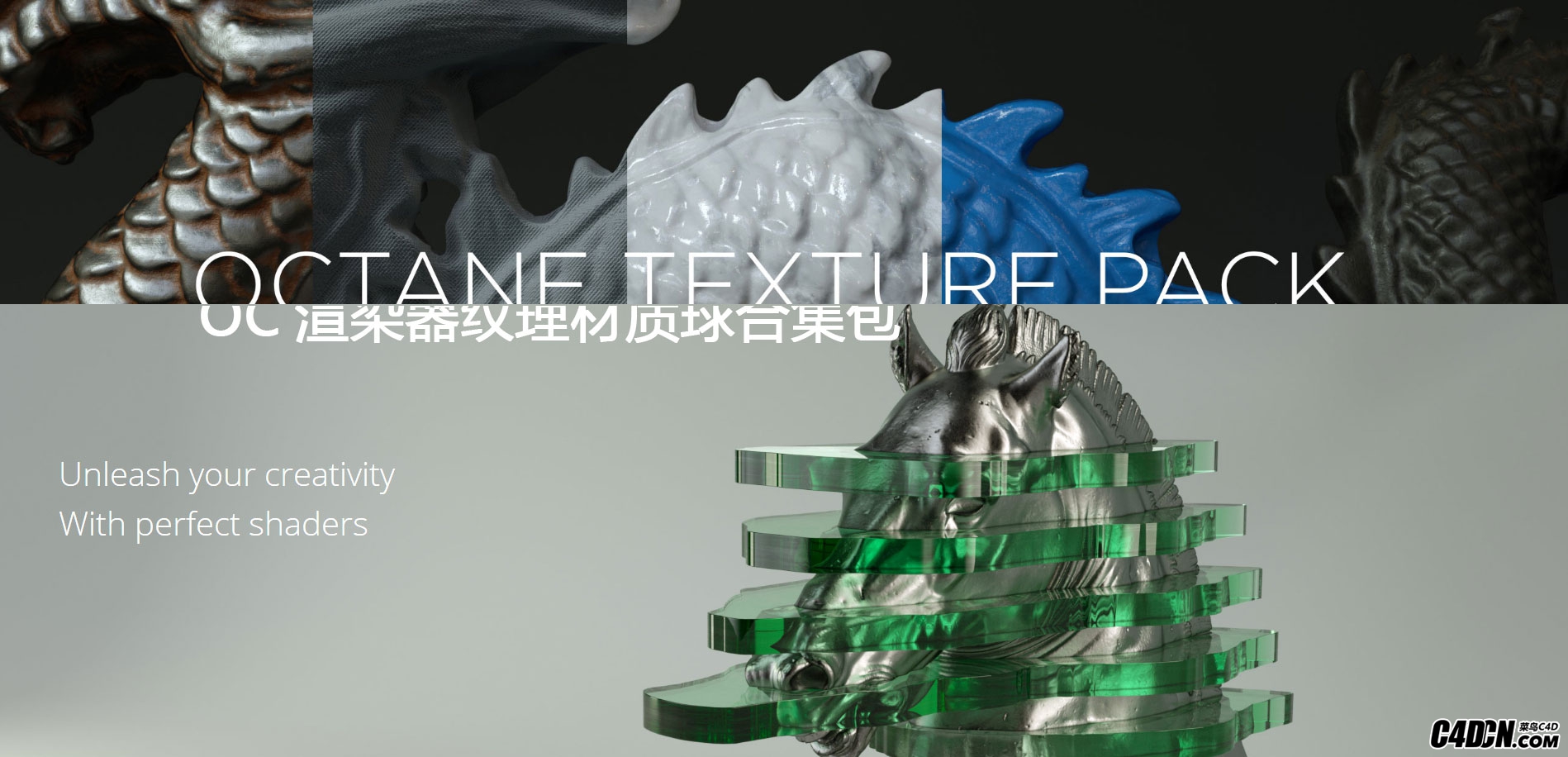

Instead they use a texture to define what light does when it hits the surface. There are two ways to get more surface detail on a model - either by adding more polygons, or by faking it with textures to fool the eye into thinking there’s more geometry than there is.įaking it is done via bump and normal maps. The fewer polygons a model has, the more efficient it is and easier to work with, but the more difficult it becomes to get fine detail on the surface. If you are already pretty familiar with displacement, but want to know why yours isn’t looking good, check out part 2 of this series: Displacement in Octane for Cinema 4D: Model and Texture Considerations Intro What is Displacement?ģD applications use polygons to define the geometry of the objects in a scene. The more you learn about what those are, the better your displacement will look. This is a somewhat advanced topic, and at least a brief understanding of several different disciplines of 3D are needed to get the best results.
It does not store any personal data.This guide is a starting point in learning about the types of displacement in Octane, how to set it up, and the differences between the vector and texture methods. The cookie is set by the GDPR Cookie Consent plugin and is used to store whether or not user has consented to the use of cookies. The cookie is used to store the user consent for the cookies in the category "Performance". This cookie is set by GDPR Cookie Consent plugin. The cookie is used to store the user consent for the cookies in the category "Other. The cookies is used to store the user consent for the cookies in the category "Necessary". The cookie is set by GDPR cookie consent to record the user consent for the cookies in the category "Functional". The cookie is used to store the user consent for the cookies in the category "Analytics". These cookies ensure basic functionalities and security features of the website, anonymously.

Necessary cookies are absolutely essential for the website to function properly.


 0 kommentar(er)
0 kommentar(er)
